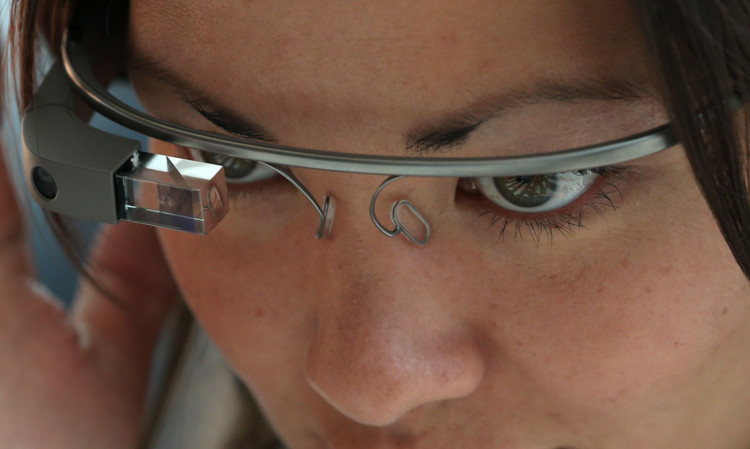Science fiction becomes science fact next week as Fife welcomes boffins from around the world who will gather to discuss how humans will interact with new technology.
Two prestigious events, which will generate around £1 million for the Fife economy, will unveil cutting-edge gizmos from developments to enhance Google Glass, which will put information literally before the eyes of spectacle wearers, to Disney’s revolutionary new way of reading ebooks and Microsoft’s virtual alter-ego, “body avatars”.
In all, nearly 100 exciting developments in human-computer interaction will be revealed to more than 500 technology experts from all corners of the globe during the conferences, hosted by the St Andrews University’s human computer interaction group.
They will also feature one of the most inventive people across the globe Dr Ivan Poupyrev, who is the principal research scientist at Disney Research in Pittsburgh. Earlier this year he was named in the top 100 creative people in the world.
In a coup hailed as “fantastic news” for Fife and the entire country by Visit Scotland, the university is bringing the symposium on User Interface Software and Technology (UIST) to the UK for the first time.
It will run in tandem with an international conference on Interactive Tabletops and Surfaces (ITS).
Co-chairman for ITS and UIST is Professor Aaron Quigley from the school of computer science at St Andrews.
He said the university had grown its research excellence in human computer interaction over the last few years to now see it host two of the “premier” conferences in their field.
The events would, he added, present an opportunity for everyone to consider what the next generation of technology should offer, not only in science, but indeed life.
“Interfaces represent the point of contact between humans and computers.
“Improvements, innovations, new forms of interaction raise the possibility of enhancing our abilities, extending our thinking and overcoming the digital physical divide.”
Dr Poupyrev said: “This is the first time UIST is taking place in the UK and that is really exciting.
“It shows truly universal appeal of user interface research, which crosses boundaries of cultures and countries.
“It is also an acknowledgment of some great research in human-computer interaction that is carried out by research groups in Scotland, including the University of St Andrews.”
The keynote lecture at ITS will be delivered by Microsoft’s Perceptive Pixel Founder Jeff Han at 9am on Monday, in the Younger Hall.
